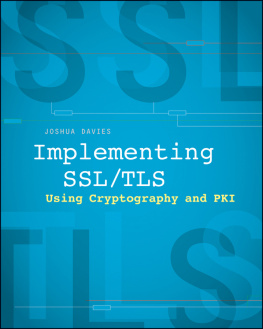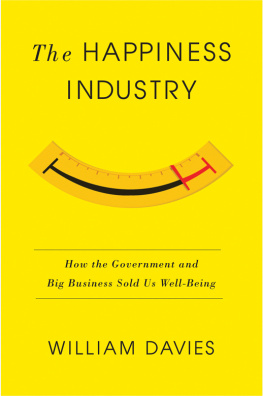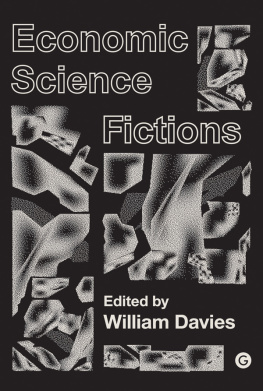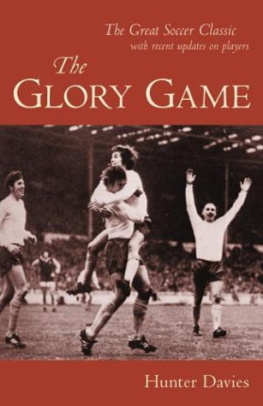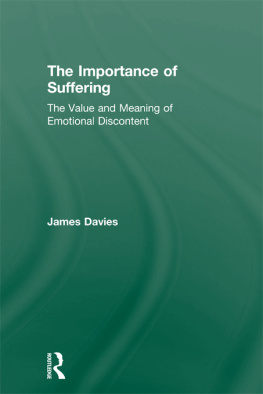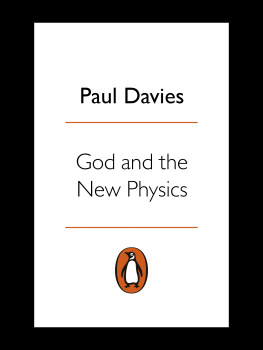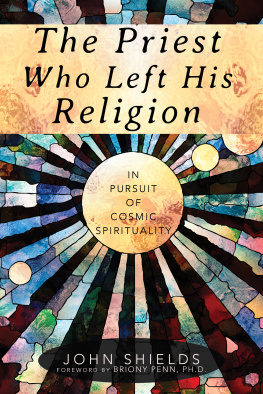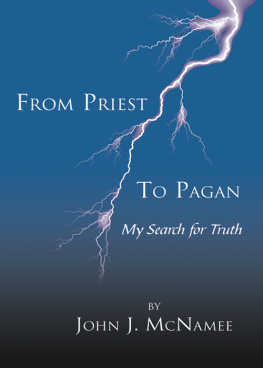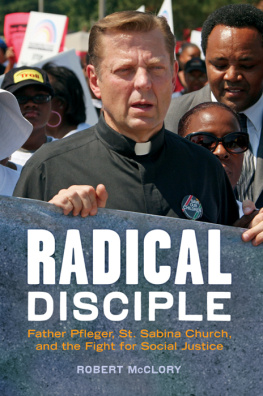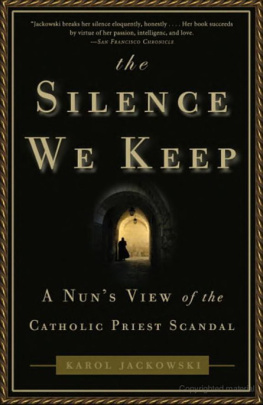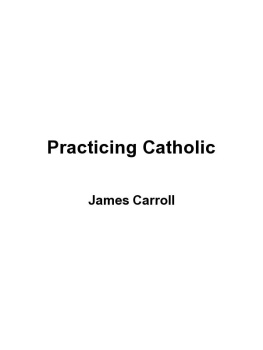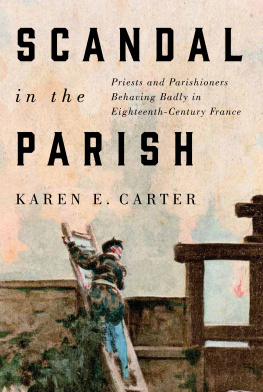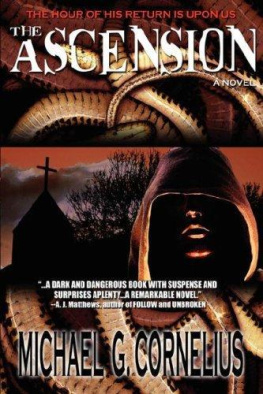Rising Road
Rising Road
A True Tale of Love, Race, and Religion in America
SHARON DAVIES


Oxford University Press, Inc., publishes works that further Oxford Universitys objective of excellence in research, scholarship, and education.
Oxford New York
Auckland Cape Town Dar es Salaam Hong Kong Karachi
Kuala Lumpur Madrid Melbourne Mexico City Nairobi
New Delhi Shanghai Taipei Toronto
With offices in
Argentina Austria Brazil Chile Czech Republic France Greece
Guatemala Hungary Italy Japan Poland Portugal Singapore
South Korea Switzerland Thailand Turkey Ukraine Vietnam
Copyright 2010 by Sharon Davies
Published by Oxford University Press, Inc.
198 Madison Avenue, New York, New York 10016
www.oup.com
Oxford is a registered trademark of Oxford University Press
All rights reserved. No part of this publication may be reproduced, stored in a retrieval system, or transmitted, in any form or by any means, electronic, mechanical, photocopying, recording, or otherwise, without the prior permission of Oxford University Press.
Library of Congress Cataloging-in-Publication Data
Davies, Sharon L., 1960
Rising road : a true tale of love, race, and religion in America / Sharon Davies.
p. cm.
Includes bibliographical references and index.
ISBN 978-0-19-537979-2
1. Interracial marriageAlabamaBirminghamHistory20th century.
2. Anti-CatholicismAlabamaBirminghamHistory20th century.
3. MurderAlabamaBirminghamHistory20th century. I. Title.
HQ1031.D37 2010
306.8460976178109042dc22 2009018486
9 8 7 6 5 4 3 2 1
Printed in the United States of America on acid-free paper
For Alan, Heather, and Tyler
May the road rise up to meet you.
May the wind be always at your back.
May the sun shine warm upon your face;
the rains fall soft upon your fields and until we meet again,
may God hold you in the palm of His hand.
Traditional Irish Blessing
CONTENTS
AUTHORS NOTE
THE EVENTS DESCRIBED in this book are true. To remain true to them, throughout, I use the terms for African Americans and others that the nation used at the time, words like Negro and colored, or worse. I hope that readers will understand that I intend no offense by using the outdated and sometimes deliberately hurtful terms so frequently used when these events occurred.
About the Books Title
The inspiration for the title Rising Road was the aged Irish blessing set out at the front of the book. It seemed an appropriate homage to the life of Father James Coyle, native son of Ireland. More broadly though, the title is offered as a reminder of our very human (if at moments largely aspirational) journey away from fears that can divide us. Perhaps it is always in hindsight that we are best able to see the failings of our prejudices. If so, may the road continue to rise before us, bringing us closer to the day when it is our commonalities rather than our differences that we see most clearly.
Rising Road
Prologue
THE SOREST MISFORTUNE of Ruth Stephensons young life was not that she was born (and died) a decade or more too soon to ever really enjoy the promises womens suffrage would bring. Nor was it that she was born into a region of the country that could be relied on to be particularly unpliant when it came to the concern of womens liberation. Nor even that she was born into a household ruled by an ordained Methodist minister with a taste for discipline and guns and a love for the robes of the Ku Klux Klan. The sorest misfortune of Ruth Stephensons young life was that she was raised an only child.
Ruths mother had given birth to one other child, but the baby had not survived, which left only Ruth. Perhaps had Edwin and Mary Stephenson had other children (as their parents before them had done, and their closest neighbors to boot), maybe even a pack of them, as was the habit of their day, Ruths parents might have developed that special resilience of those too outnumbered and beleaguered to worry over nonfatal threats to their off-spring. Or perhaps if they had had just one more besides her, the inevitable perplexing contrast between the two children would have convinced Edwin and Mary that the flaws they observed in them must be the childrens own. For if the parents and their rearing habits had not varied, only the inherent character and character flaws of the children themselves could explain such differences. And with that realization Edwin and Mary Stephenson might have relaxed, and let Ruths missteps (if missteps they were) be her own.
But for whatever reason, and though it was not the custom of the time, Ruth Stephenson was Edwin and Mary Stephensons only child, and as such, they dutifully showered on her every suffocating over-protection, every unrelenting expectation, every crushing judgment they could muster, in the loving expectation that through these lessons she would come to share their loves and convictions, as well as their hates and fears. So when the girl began to think differently, her flaws (if flaws they were) must have seemed like Marys and Edwins owndefects in their house, which of course needed to be cleansed.
ONE | Resistance
Birmingham, Alabama, 1921
There was little to distinguish Thursday, August 11, 1921, from any of the other days that choked Birmingham that week beneath a blanket of heat, with the exception that Ruth Stephenson and Pedro Gussman chose it as their wedding day. And likely the unremarkable character of the day was part of the couples plan, as they would have wanted a day with as little to commend itself as possible. A day less apt to stand out; one that would draw no attention. As if only on a day so pedestrian, and by a strategy uncluttered by its particulars, could they ever hope to bring the thing off.
The trouble was not that the law prevented Ruth Stephenson and Pedro Gussmans union, though in 1921, like most states, Alabama had a great deal to say about who could marry whom, and who could not. At minimum, most states specified the age at which couples became free to make the decision to wed by themselves, without the consent of a parent. Alabama set it at twenty-one for men and eighteen for women. Younger lovers than that could marry, provided their parents concurred, but to protect against fraud in such cases the state gave the youths only two choices: either present their ostensibly consenting parents to the probate judge in person, or produce the guardians assent in writing, the authenticity of which the couple was required to guarantee by agreeing to pay the state the mammoth sum of $200 if the consent of any of their parents was proven false.
Both Pedro and Ruth had cleared the states age hurdles. Pedro long before; he was forty-two. And Ruth had celebrated her eighteenth birthday on August 29th the year before; she would be nineteen by the end of the month. Though some in Birmingham might have disapproved of the twenty-four-year gap between them, there was ample precedent for such generational chasms. The critical thing was that no law precluded it.
On the question of how Pedro Gussman had snared a fianc twenty-four years his junior, pictures of him in 1921 provided one answer: Pedro enjoyed a distinctly youthful appearance. His draft registration card, filled out in 1919, described his height as medium and his build slender, the naturally lean frame of a man accustomed to muscle-straining work. Since his arrival in Birmingham about fourteen years before, Pedro had made his living by hanging wallpaper for Sherwin Williams in homes around the city. He was undoubtedly strong and fit. Born in Porto Rico (the accepted spelling at the time), his complexion was smooth and tanned, and his dark clear eyes sloped ever-so-slightly downward, giving him a faint look of sadness and a vague vulnerability with its strong romantic appeal. Even if other men his age could no longer attract the attention of young women like Ruth, apparently Pedro Gussman had little trouble.
Next page

